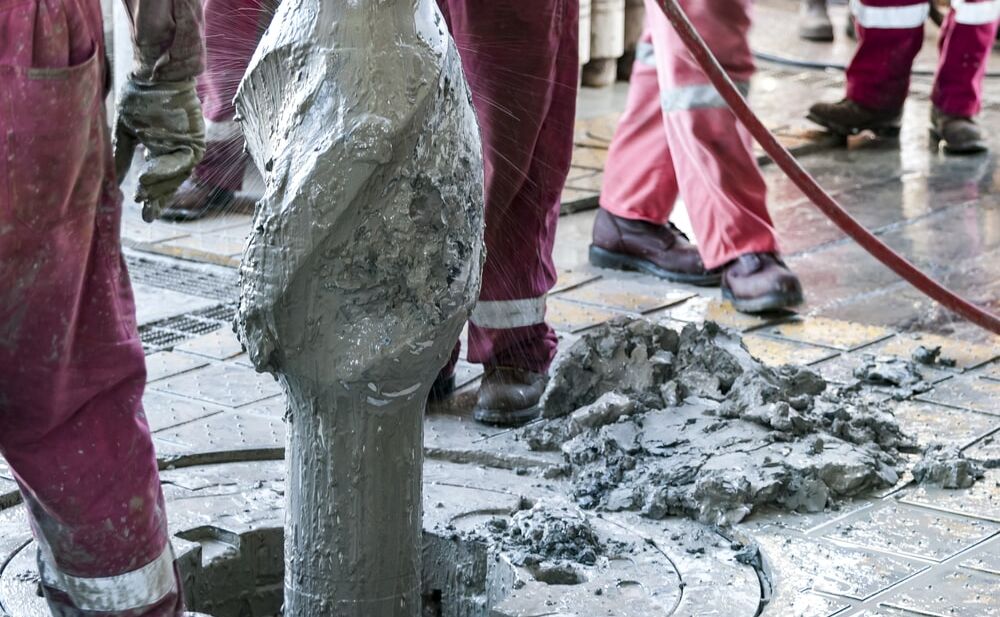Differentially stuck drill strings occur when the differential between formation pressure and hydrostatic pressure causes the drill string or casing to get stuck. When the hydrostatic pressure exceeds pore pressure, the over-balance drives the static drill string into the thick mud cake and immobilizes it.
This article discusses how nitrogen drilling services can help free differential pipe sticking, a method that provides a rapid recovery solution when conventional procedures are unavailable or unsuccessful.
Warning signs and factors that can cause differential pipe sticking
In general, the thicker the mudcake, the higher the risk of differential sticking. The mudcake should be impermeable and thin. Some warning signs that differential sticking may occur include:
- A thick, low-lubricity filter cake
- High differential pressure between hydrostatic pressure and pore pressure
- Increased torque and drag
- Inability to return or rotate the string
- High-pressure variation while drilling highly depleted zones
- Continuous and uninterrupted mud circulation
Conventional methods for freeing differentially stuck drill strings
Rapid reduction of hydrostatic pressure and using spotting pipe release agents (also known as pipe-free pills) are some conventional methods to decrease pipe sticking force. However, these techniques can be unsuccessful or cause other issues.
Decreasing hydrostatic pressure can affect well-control issues and mud weight, resulting in significant production and financial losses. Pipe-free pills need to be applied as soon as the sticking happens and often fail if they’re not deployed quickly enough.
The nitrogen-assisted technique for freeing differentially stuck piping works by injecting inert nitrogen between the drill pipe and the cased wellbore.
The benefits of nitrogen services for freeing differential pipe sticking
Unlike conventional methods to free differentially stuck drill strings, mobile nitrogen services:
- Maintains unchanged hydrostatic pressure conditions
- Controls hydrostatic pressure changes inside the wellbore
- Displaces mud volume in a gradual and controlled manner
- Reduces differential pressures around the stuck part as intended
- Offers a straightforward solution that can be deployed rapidly
- Is a cost-effective and least disruptive technique
Using nitrogen to free differentially stuck drill strings is a proven and safe method. Contact us today for more information on mobile nitrogen services for your operations.


